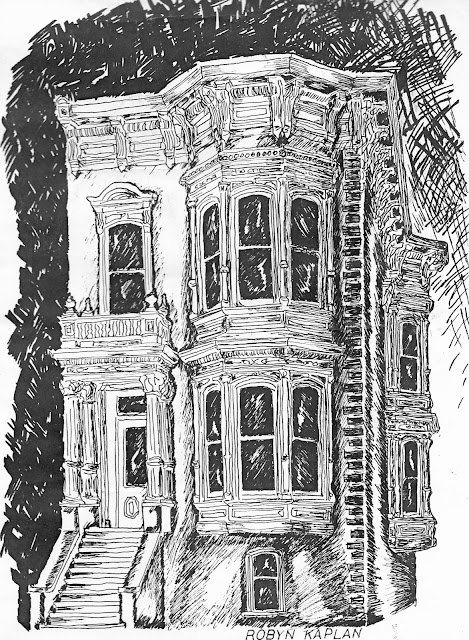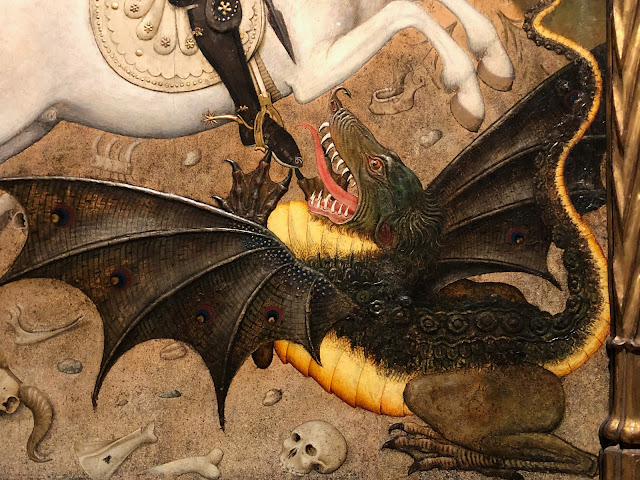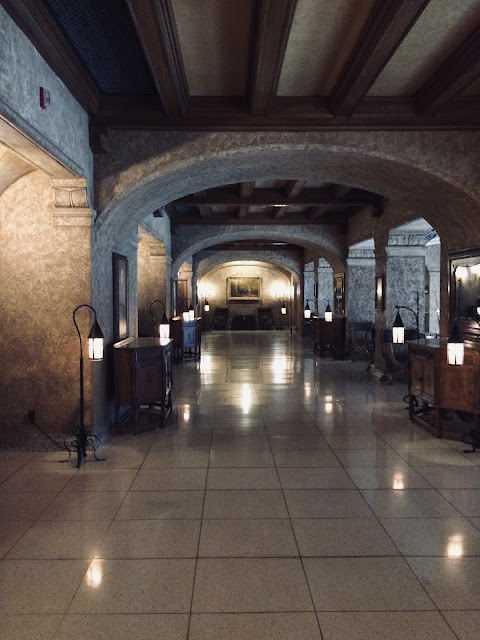All Hallows: le Transi de René de Chalon
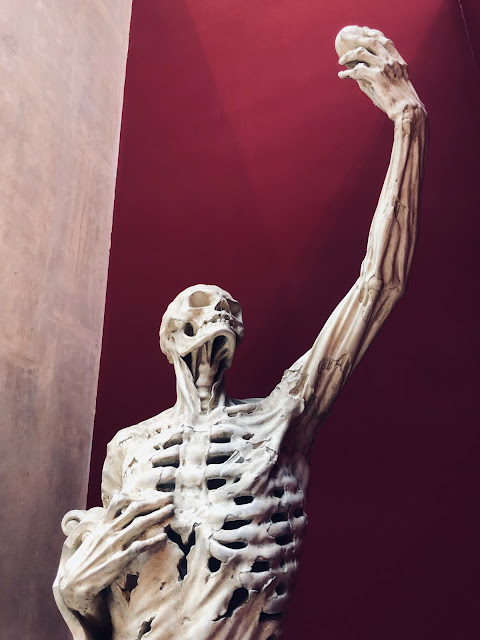
Reproduction of Ligier Richer's "Transi de René de Chalon" (1547), La Cité de l’Architecture et du Patrimoine, 16th Arr. During the Renaissance period, transis --so-named because they showed the transition of mortal remains in the process of decomposition--became a fashion in burial art. One of the most evocative is the transi of René de Chalon, Prince of Orange, who was mortally wounded during the defense of Saint-Dizier (now part of the Haute-Marne department) in 1544, and who died soon after at age 25. Rather than opt for a heroic memorial, the Prince requested to be represented as a cadaver, in the same manner as his father and uncle who held the title before him. Originally, the cadaver's left hand held aloft the Prince's desiccated heart. At the time, burying nobles' body parts in separate places was a common practice, to better distribute the great person's glory. However, at some point, the heart went missing. The theft was blamed on that traditio...
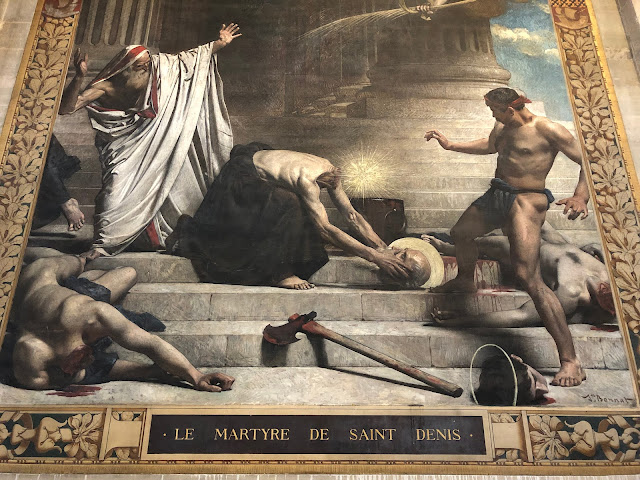





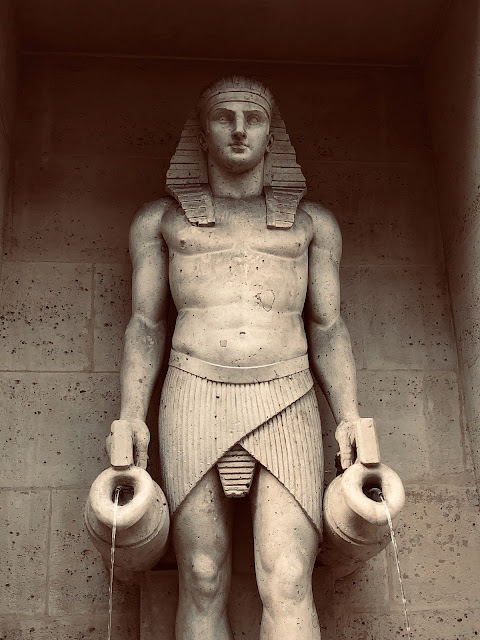
.jpeg)
